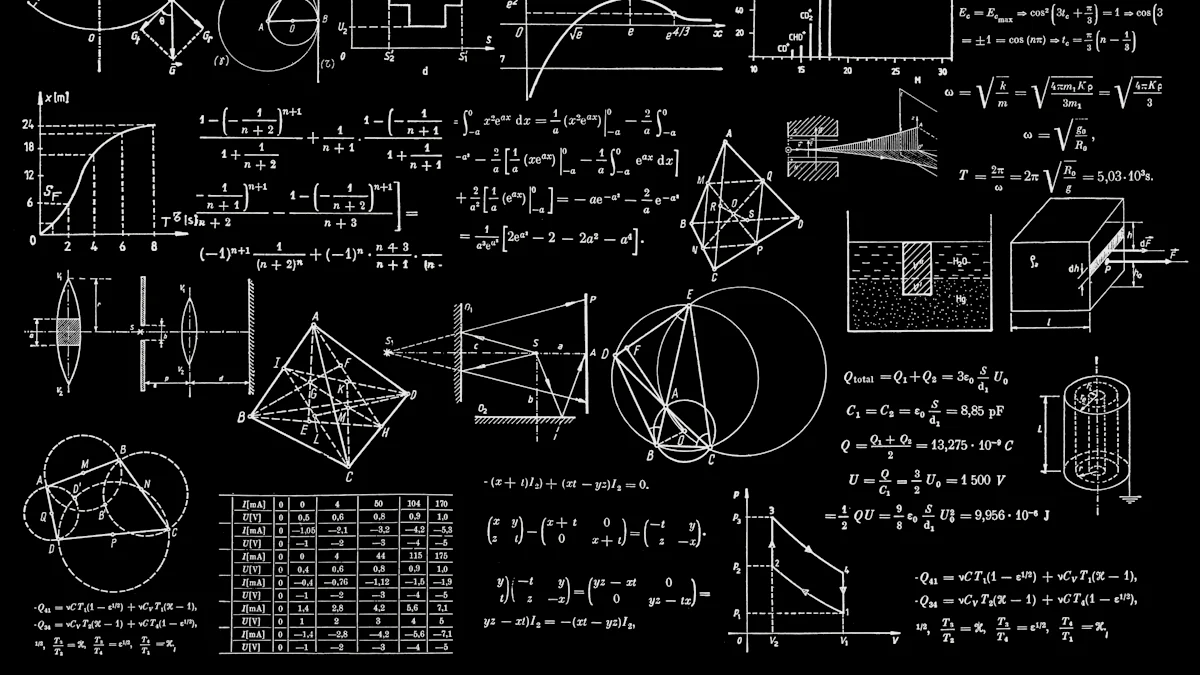
Defining vector similarity (opens new window) is crucial in data analysis, enabling accurate comparisons between data points in high-dimensional spaces. Understanding the significance of cosine similarity is essential for various machine learning applications. The blog will delve into the intricacies of these concepts, shedding light on their importance and practical applications in the realm of data analysis.
# Understanding Vector Similarity
In the realm of data analysis and machine learning, comprehending vector similarity is paramount. By understanding the various measures available for comparing data points, professionals can make informed decisions based on the specific requirements of their projects. Among these measures are Cosine Similarity (opens new window), Euclidean Distance (opens new window), and Manhattan Distance (opens new window).
# Definition and Importance
When considering vector similarity, it's essential to grasp the significance of each measure. Cosine Similarity stands out for its ability to quantify the similarity between vectors regardless of their magnitudes. On the other hand, Euclidean Distance calculates the straight-line distance between two points in space, while Manhattan Distance determines the sum of absolute differences between corresponding dimensions.
# Common Measures
Cosine Similarity: Measures the cosine of the angle between two vectors.
Euclidean Distance: Calculates straight-line distance in space.
Manhattan Distance: Determines sum of absolute differences.
# Cosine Similarity
# Definition and Calculation
Cosine Similarity is a fundamental technique in machine learning that quantifies how similar two vectors are by computing the cosine of the angle between them. This measure plays a crucial role in various applications where precise pattern recognition (opens new window) is required.
# Advantages and Limitations
Advantages: Offers efficient data retrieval (opens new window) capabilities.
Limitations: Blindly using it in embedding models can lead to arbitrary similarities.
# Vector Similarity Search
# Role in Machine Learning and Artificial Intelligence
The concept of vector similarity search is integral to machine learning and artificial intelligence. It enables systems to identify related entities efficiently, contributing to enhanced decision-making processes across various domains.
# Open-source Vector Similarity Search Software (e.g., Milvus (opens new window))
Open-source tools like Milvus provide robust solutions for conducting vector similarity searches. These software packages empower developers with efficient algorithms for handling complex similarity queries effectively.
# Applications and Future of Cosine Similarity
# Current Applications
# Use in LLMs and ChatGPT (opens new window)
Large Language Models (LLMs) (opens new window) are increasingly leveraging Cosine Similarity to understand semantic relationships between text data points. By utilizing this measure, LLMs can efficiently process vast amounts of textual data, enabling accurate analysis and interpretation. Similarly, ChatGPT, a cutting-edge conversational AI model, relies on Cosine Similarity to enhance its natural language processing capabilities. This application showcases the versatility and effectiveness of Cosine Similarity in modern AI technologies.
# Role in Data Retrieval and Pattern Recognition
In the realm of data retrieval, Cosine Similarity plays a pivotal role in identifying relevant information efficiently. By comparing vectors using this measure, systems can retrieve data that closely aligns with the user's query, enhancing the overall search experience. Moreover, in pattern recognition tasks, Cosine Similarity enables precise identification of recurring patterns within datasets. This capability is instrumental in various fields such as image recognition, speech analysis, and anomaly detection (opens new window).
# Future Research Directions
# Improving Cosine Similarity Measures
The future of Cosine Similarity research involves enhancing existing measures to address limitations and improve accuracy. Researchers are exploring innovative techniques to refine Cosine Similarity, making it more robust and adaptable across diverse applications. By incorporating advanced algorithms and methodologies, the aim is to elevate the performance of Cosine Similarity measures for enhanced data analysis and pattern recognition.
# Integration with Metric Tensor (opens new window)
An emerging research direction focuses on integrating Cosine Similarity with metric tensor frameworks to optimize similarity calculations further. By leveraging metric tensors—a mathematical construct that generalizes distance metrics—researchers aim to enhance the geometric properties of vector spaces. This integration holds promise for refining similarity measures based on angles between vectors, paving the way for more sophisticated analyses in machine learning and artificial intelligence domains.
# Testing Cosine Similarity
# Methods and Tools
Testing the efficacy of Cosine Similarity involves employing rigorous methods and specialized tools to evaluate its performance accurately. Researchers utilize comprehensive testing frameworks that assess how well Cosine Similarity captures similarities between vectors across varying datasets. By conducting systematic tests under controlled conditions, researchers can validate the reliability and consistency of this fundamental similarity measure.
# Case Studies and Examples
Real-world case studies demonstrate the practical applications of Cosine Similarity across diverse domains such as text mining, image recognition, and recommendation systems. These examples highlight how organizations leverage Cosine Similarity to enhance their data analysis processes, drive innovation, and make informed decisions based on similarity metrics. Through detailed case studies, researchers gain valuable insights into the real-world impact of Cosine Similarity, shaping future advancements in vector similarity research.
In the realm of data analysis and machine learning, Cosine Similarity stands out as a critical measure for quantifying similarity between vectors (opens new window). Unlike other distance metrics, Cosine Similarity focuses on direction rather than magnitude (opens new window), making it ideal for various applications. Its significance lies in its ability to compare objects in multi-dimensional space effectively, benefiting fields like data science and natural language processing. As research continues to enhance Cosine Similarity measures, its future developments hold promise for advancing pattern recognition and information retrieval techniques.



